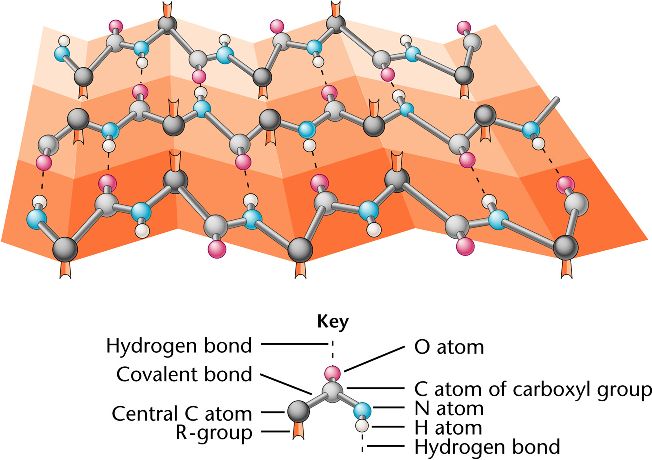


In this study, the authors showed, using the example of a synthetic horse methemoglobin peptide (residues 80–108) with α-α-corner folding, that the conformation is stable autonomously, outside the protein structure. Sherman (University of British Columbia, Canada) in an experimental study using the circular dichroism method. The stability of supersecondary structures was indirectly shown in 1993 by Canadian researchers F.

This indicates that such structural motifs are autonomously stable. Connection between helixes can vary greatly in length and the axis of helix is roughly parallel to the β-strands thereby all three elements interact to form a hydrophobic core.Īmong all known proteins, many small proteins consist of only one or two known structural motifs. This motif is more complex in terms of structural organization compared to α-α- and β-β-hairpins, and consists of two parallel β-strands connected by an α-helix. The β-α-β-motif is a mixed type of SSS (supersecondary structure). The β-β-hairpin, which organizes the helical coil structure or β-β-corner, is right-handed when viewed from the concave side. The β-β-corner can be thought as a long β-β-hairpin folded upright towards itself, so strands rotate to the right around an imaginary axis as they move from one layer to another. The β-β-hairpins and β-β-corners can be referred to as β-strands containing supersecondary structures. Side chains of residues completely buried in a hydrophobic core are hydrophobic. This is a compact spatial structure with a hydrophobic core and a polar shell. The α-α-corner is arranged by two α-helices, which are connected by the polypeptide chain. The most common structural motifs in homologous and non-homologous proteins are α-α-corner, β-β-corner, α-α- and β-β-hairpins, β-α-β-motif and 3β-corner. presented a classification of structural motifs consisting of α-helices and β-strands having unique folds. When modeling a protein structure or predicting its tertiary structure, motifs can be a starting point in searching for possible folds of polypeptide chains, or used as stable structures in protein studies. The interest is raised due to the uniqueness of these structures and their ability to be embryos in protein folding. Simple structural motifs consisting of several elements of secondary structure with unique polypeptide chain folding are objects drawing attention.


 0 kommentar(er)
0 kommentar(er)
